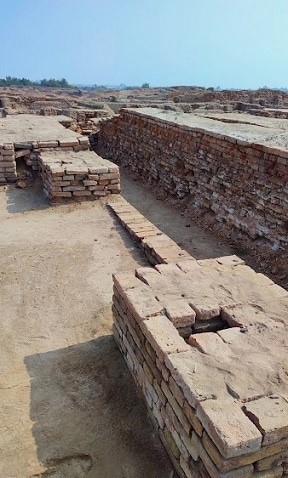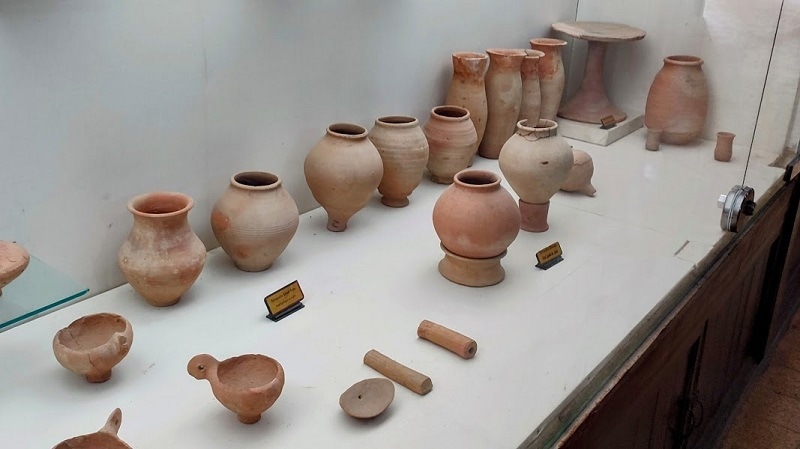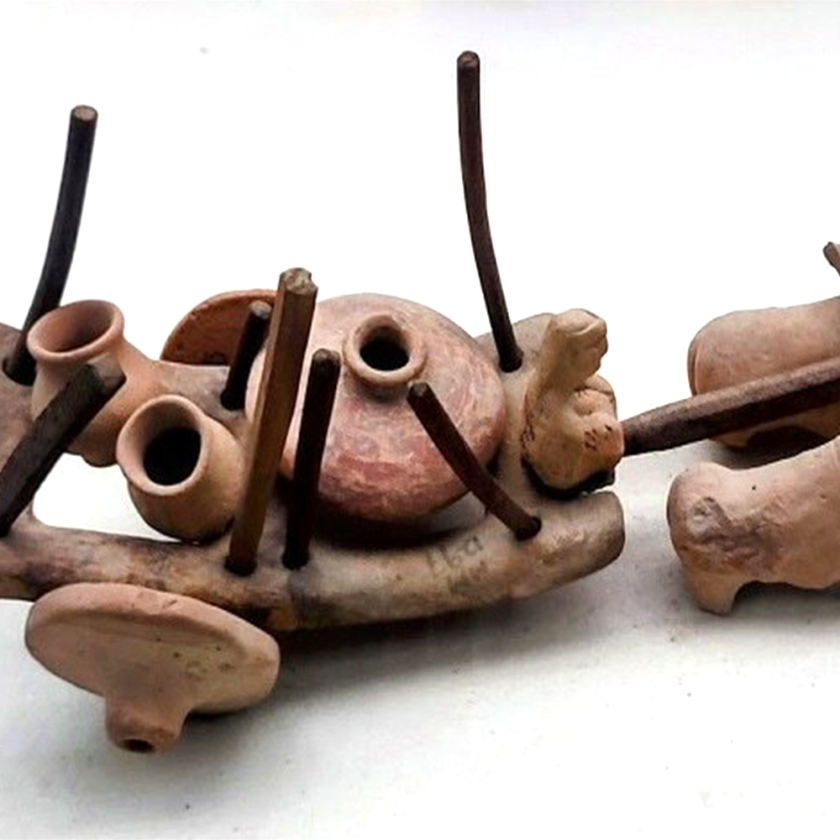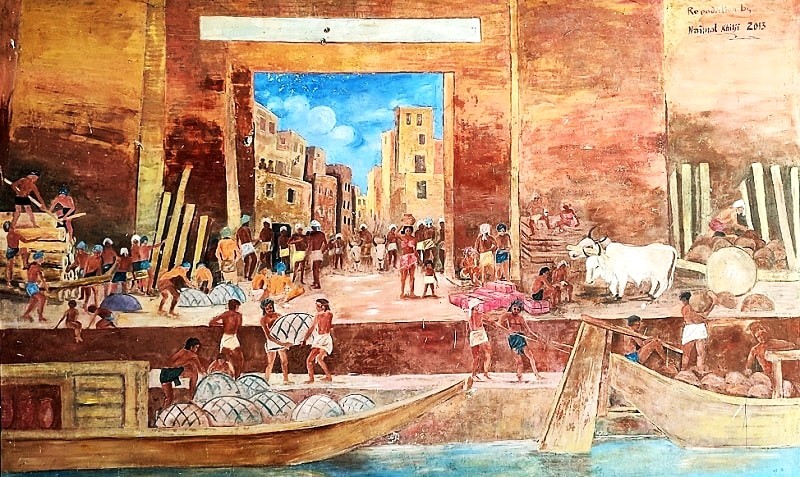One of the many mysteries that ancient history left behind is the lost civilization of Mohenjo-Daro. Details on the knowledge that is derived about Mohenjo-Daro and theories on how it might have been destroyed are explained below:
Detailed Overview of Mohenjo-Daro:
1. Historical and Archaeological Significance:
Discovery: Mohenjo-Daro was discovered in 1922 by the archaeologist R. D. Banerji. It is one of the two available major sites of the Indus Valley Civilization, the other being Harappa.
Urban Planning:
The city was laid out in a grid pattern, with streets intersecting at right angles. This advanced urban planning indicates a high level of organizational and administrative skills.
Advanced Infrastructure:
Mohenjo-Daro boasts an advanced drainage system with covered drains along the streets. Its houses have a well-developed waste management system. Public baths, for example the Great Bath, imply cleanliness and public interactions.
2. Architecture and Artefacts:
Residential Houses:
Houses made up of uniform bricks, all having private wells and bathing facilities, like small bathrooms. The uniformity of residential structures reveals a centrally organized ruling and developmental scheme.

Granaries:
The large-sized granaries identify it as a prime trade city and agricultural hub, with an emphasis on agriculture and grain storage as important economic activities.
Artifacts:
Seals, pottery, figurines, tools, and many other such artifacts found on the site provide information about life, trade, and religion in the daily routine of Indus people.
Reasons for Decline
1. Climate Change:
Evidence:
Climate models and sediment analysis from the region show that the Indus region experienced a drastic climate shifting at about the same time that Mohenjo-Daro began its decline. Monsoonal rains were reduced, a phenomenon that might have partly catalyzed drought.
Impact: Reduced monsoon rainfall would have a direct impact on agriculture and on the availability of water supplies that such a giant urban population depended on. Reduced productivity in agriculture would have led to failed crops, food insecurity, and widespread malnutrition. Ay 2. River Shifts :
Evidence: Geological evidence proves that the course of the Indus River and its tributaries change considerably. Reflect sediments depositions unstable flow of the river.
Impact: Alterations in the river course would bring about either floods or reduced accessibility to water. In such case, if the river turned away from the town of Mohenjo-Daro, then the change would badly affect its supply of water and cultivation of agricultural crops for the city.

3. Invasion or Conflict:
Evidence: Archaeological evidence of violent destruction is minimal. Some scholars suggest that there perhaps were conflicts with neighboring communities or internal strife, but this remains conjecture.
Impact: If indeed conflict came about or an invasion into the city took place it probably contributed to the decline, though evidence of this has yet to actually surface.
4. Epidemic or Disease:
Evidence: No primary evidence is available for the epidemic or outbreak of diseases at Mohenjo-Daro, but with such evidence, many things can be proved that will show their impact on declination of population.
Effects: The epidemic outbreak might have weakened the population and resulted in disruption of trade and agriculture prospects, indicating a worst-case condition of the city”
5 Natural Calamity :
Evidence: The area is located in a seismically prone area, and past seismic activities are recorded in the region. Some theories state that natural disasters, including earthquakes, might have added to the lost city’s decline.
Effects: Structural damages would have occurred in buildings, including messing up the drainage system; living conditions would have generally declined.

After Abandonment and Rediscovery
1. After Abandonment:
Burial: Mohenjo-Daro was buried following its abandonment under silt and other debris. Gradually over a period, the city was covered under sediment in a state of destruction.
2. Rediscovery and Excavation:
Excavations: The excavations at the site commenced in the 1920s and have continued intermittently. The work of archaeologists like R. D. Banerji and others has brought to light much about the layout and daily life of the city.
Conservation: Measures are being put into place for the conservation and protection of the site from natural erosions and human activities. The site is listed under UNESCO World Heritage.
Ongoing Research along with Future Directions
1. Technological Advances:
Remote Sensing: Modern technologies such as satellite image and ground penetrating radar is being used to survey and map the site more accurately.
Scientific Analysis: Cutting-edge dating methods, chemical analysis, and climate models combined allow scholars to grasp the natural and social factor regime that had led the city to its downfall.
2. Interdisciplinary Studies:
Co-operation: Archaeologists, geologists, climatologists, anthropologists along with other scholars combined efforts to reconstruct what happened in Mohenjo-Daro or the Indus valley civilization.

Mohenjo-Daro’s case is just one piece in indication of the real complexities of the ancient civilizations and the challenges they had to face in their falls. Most of that is still a mystery, but ongoing research has offered so much insight into this riveting chapter of human history.

